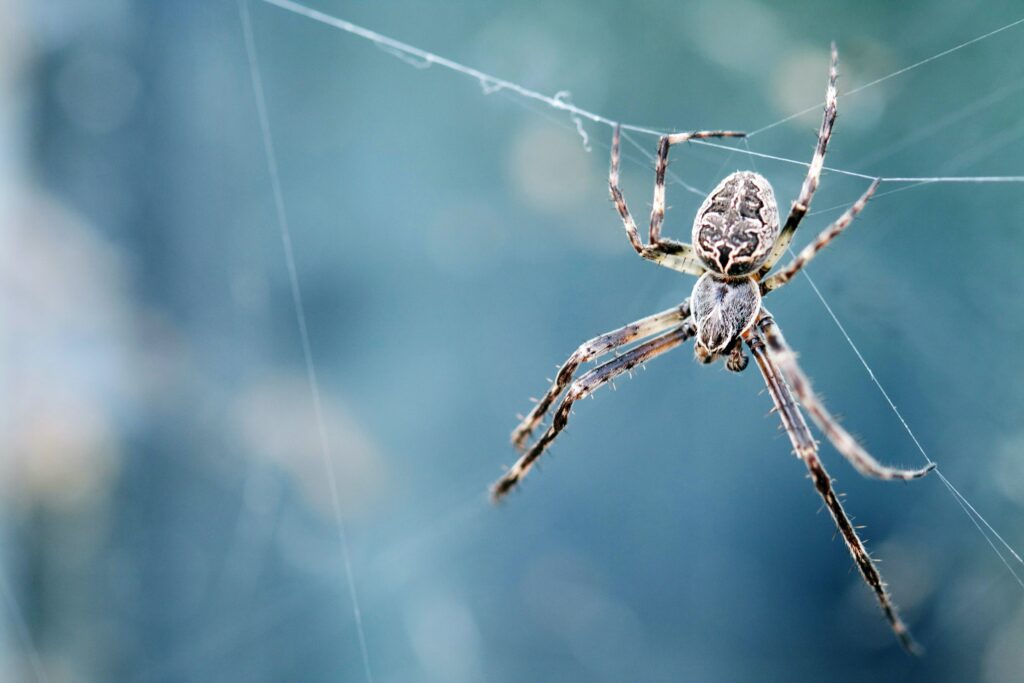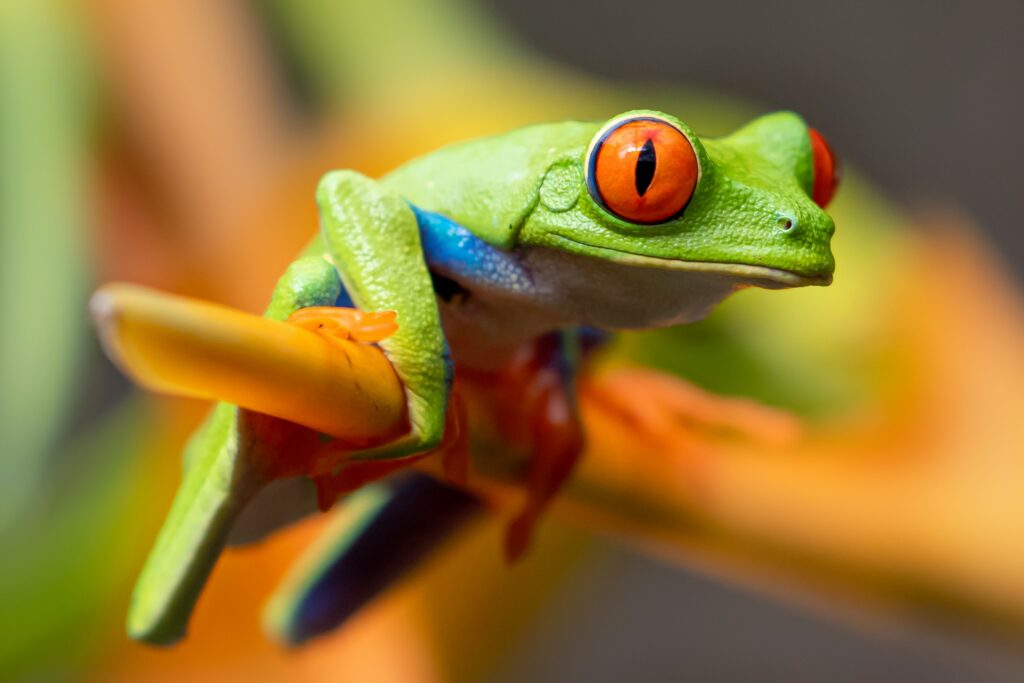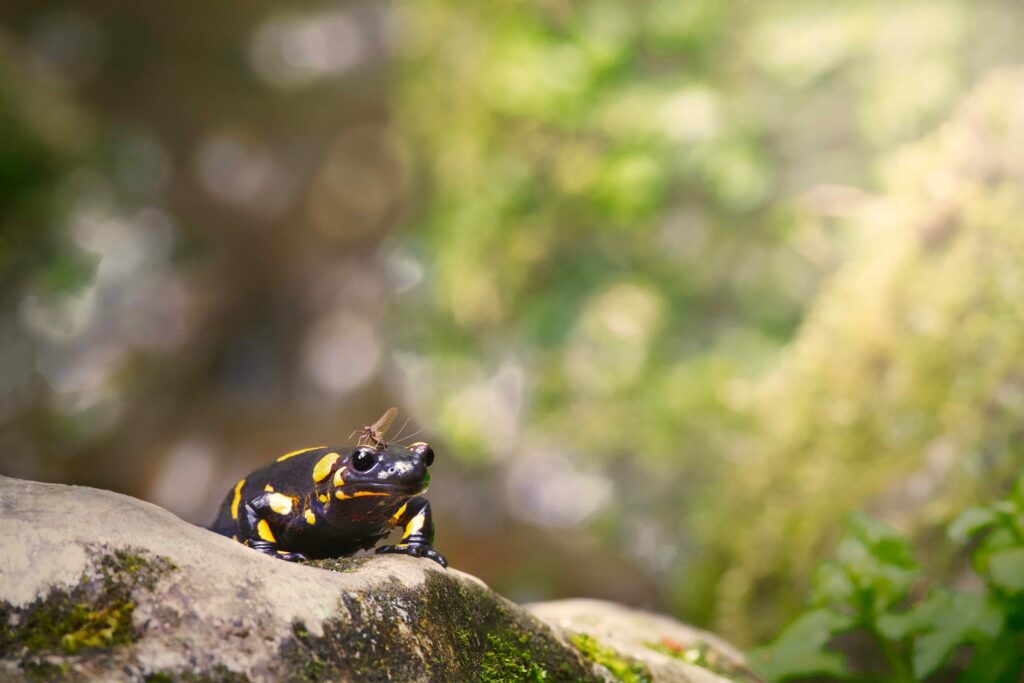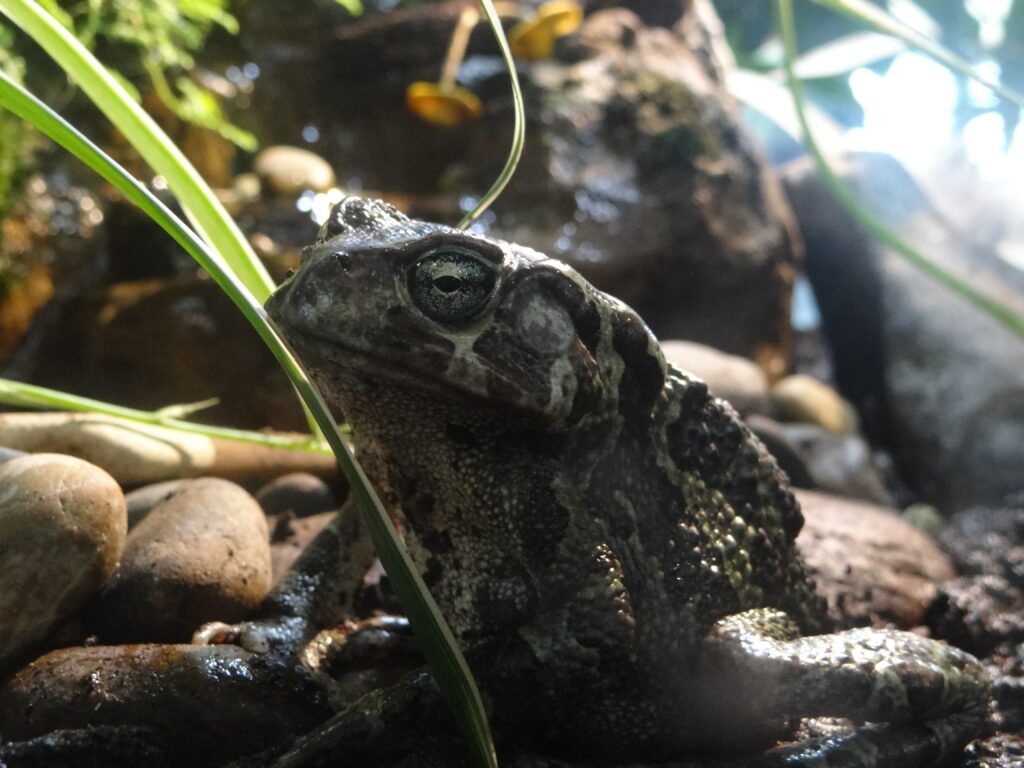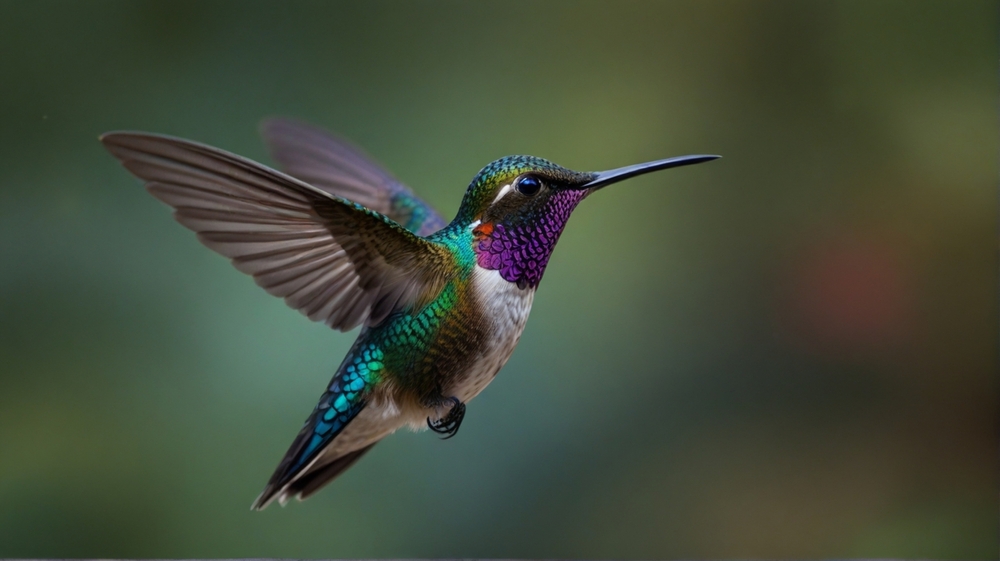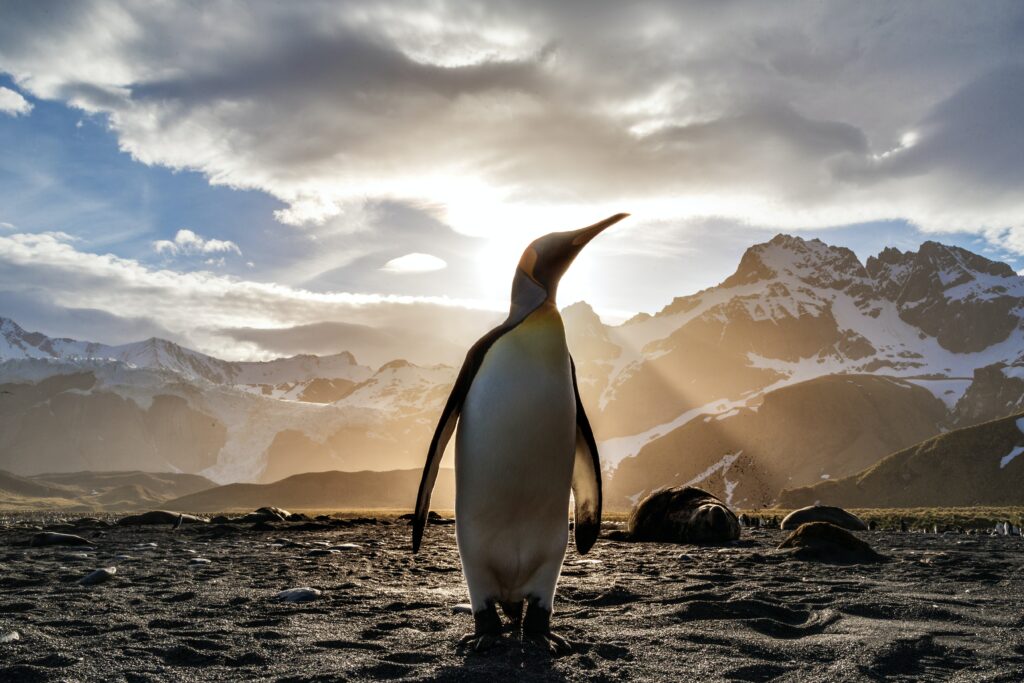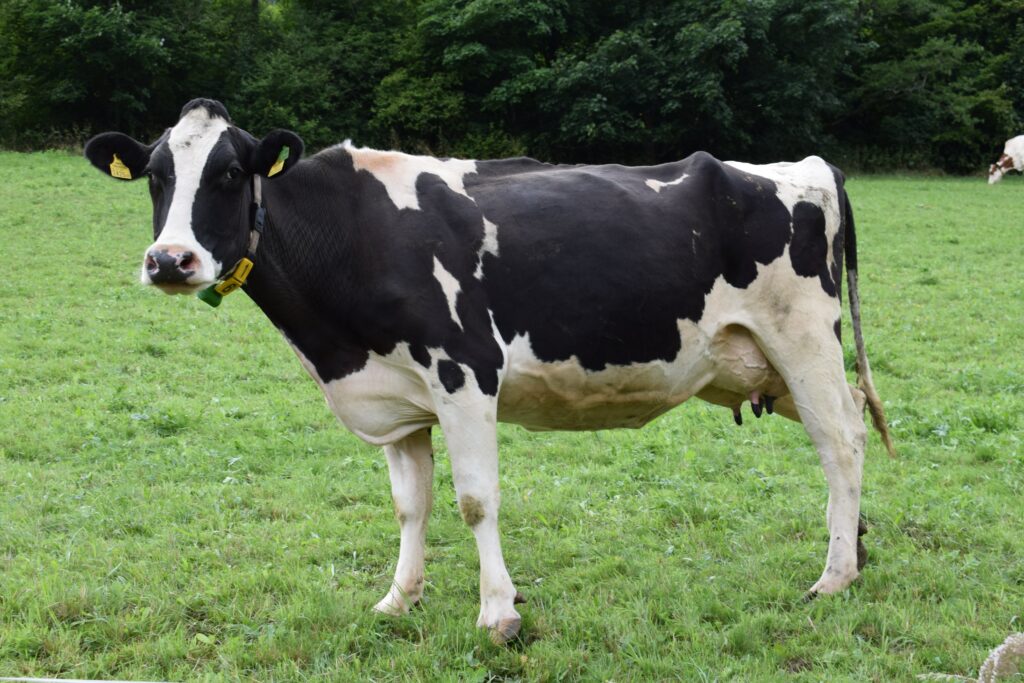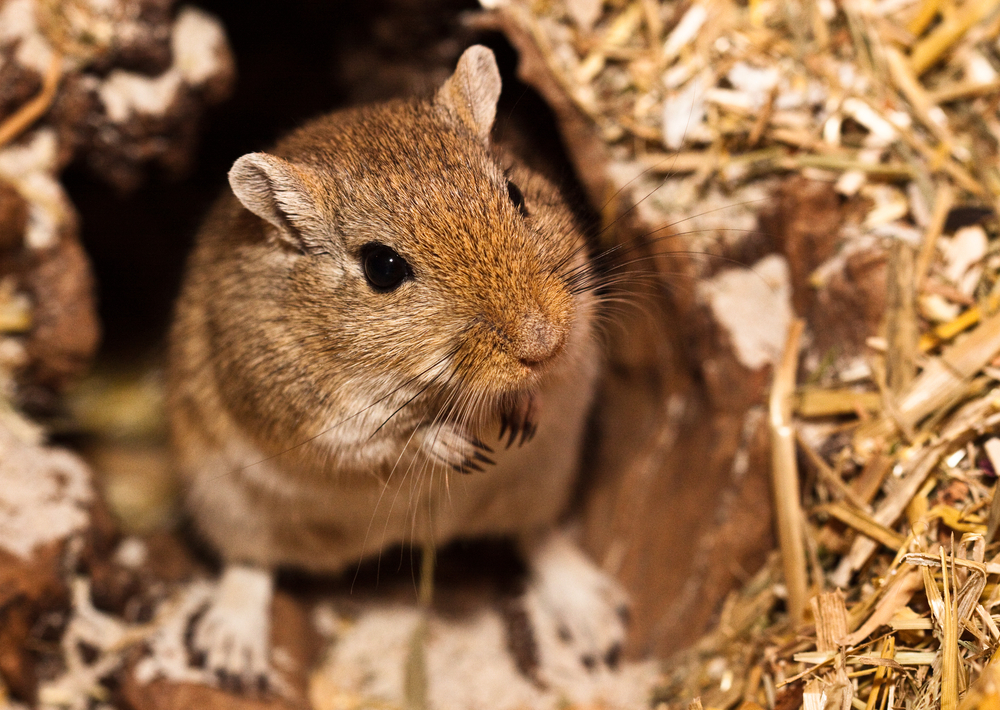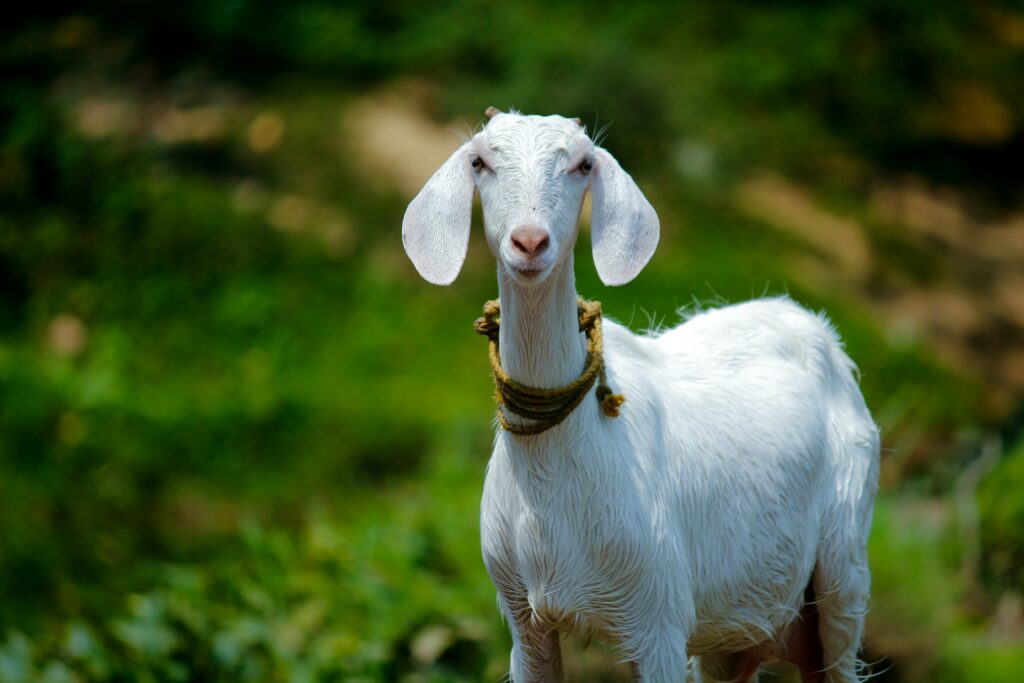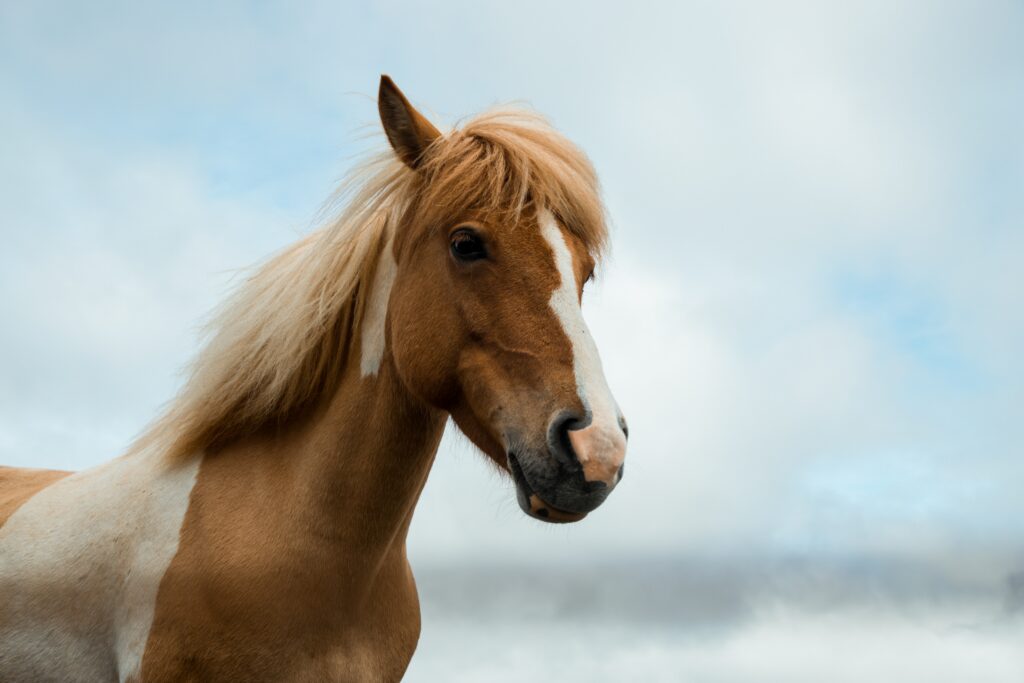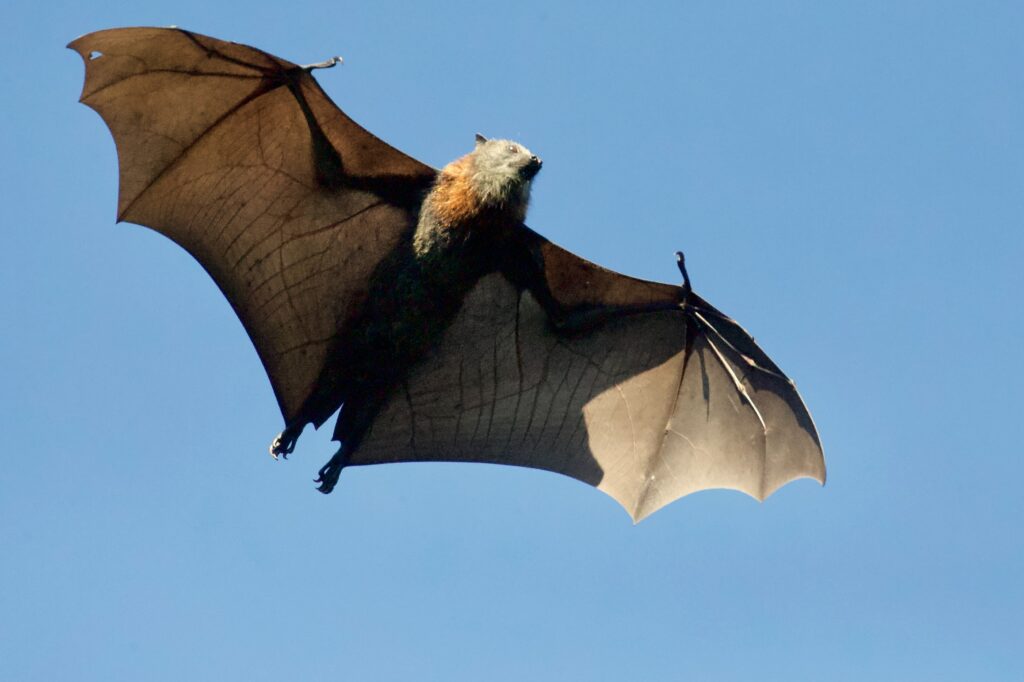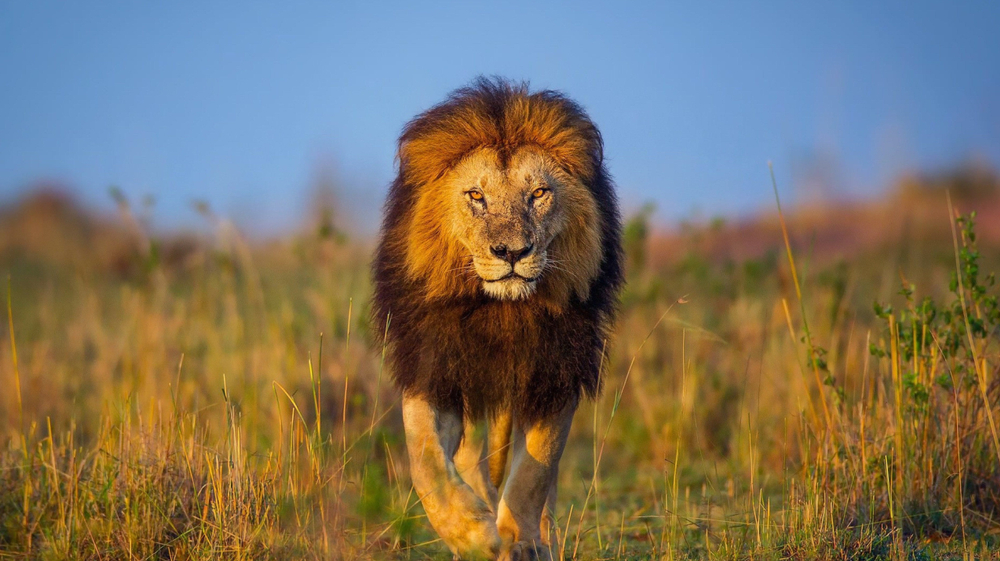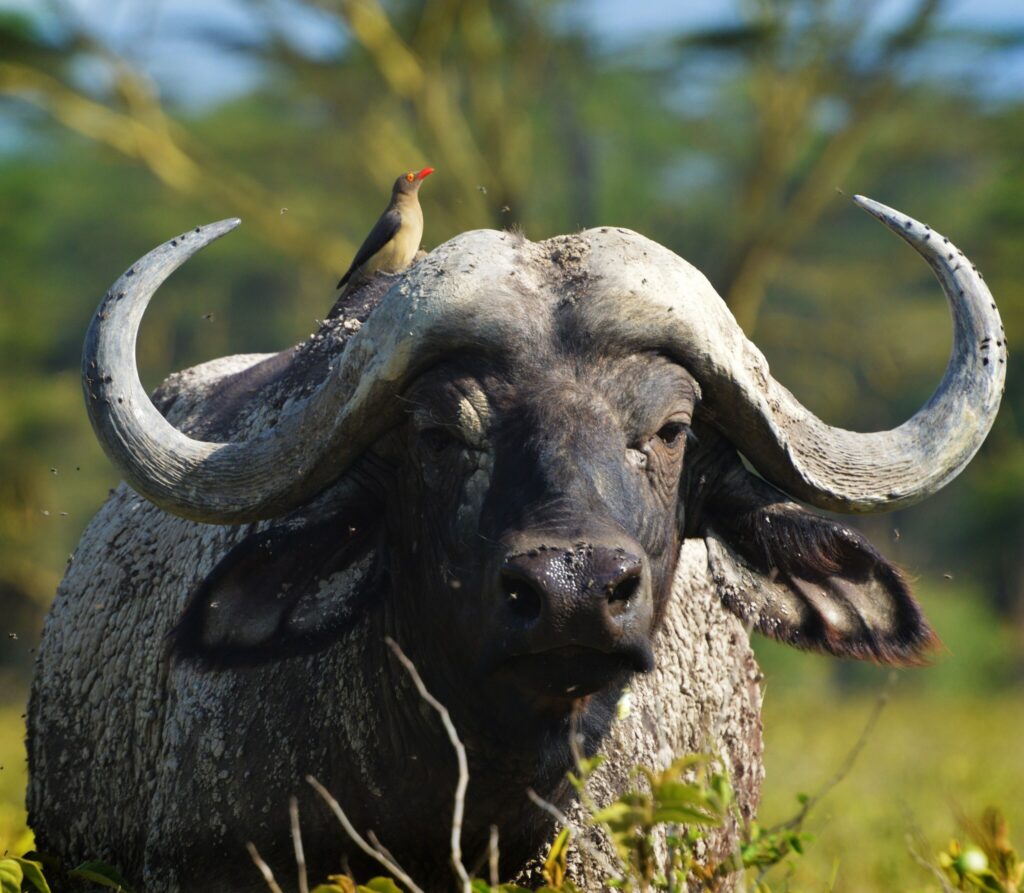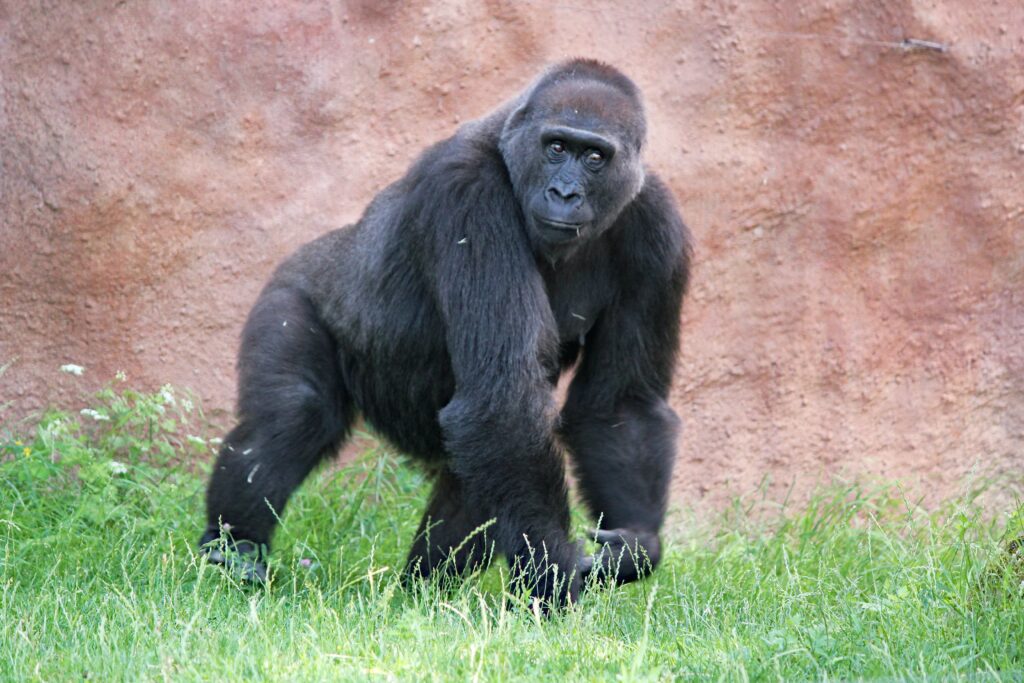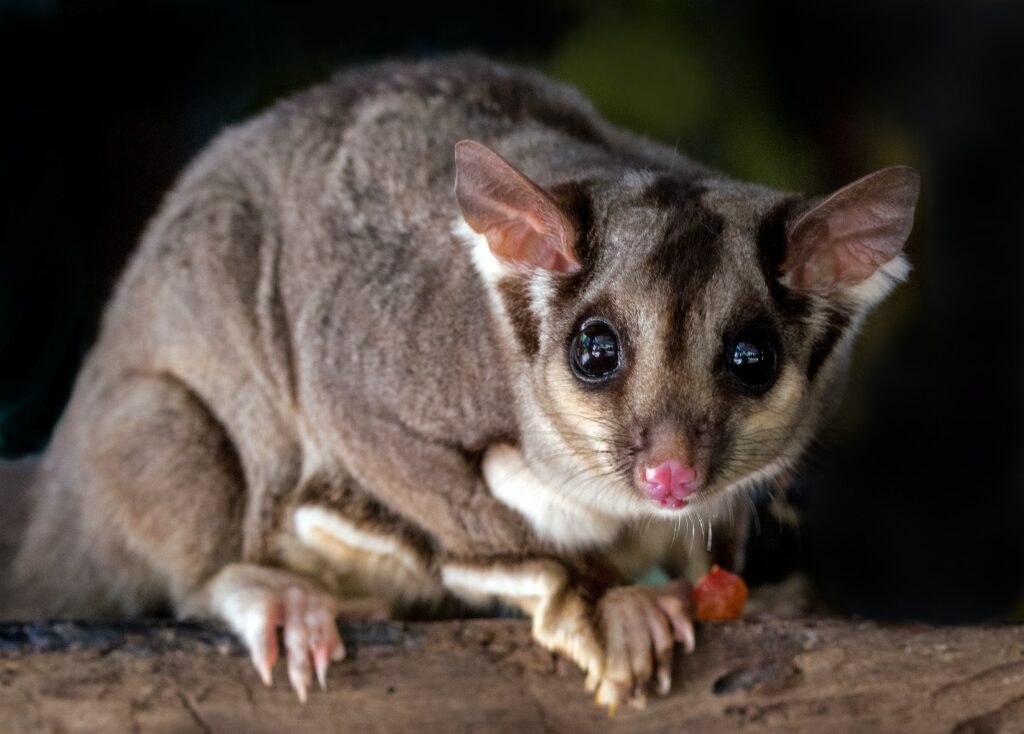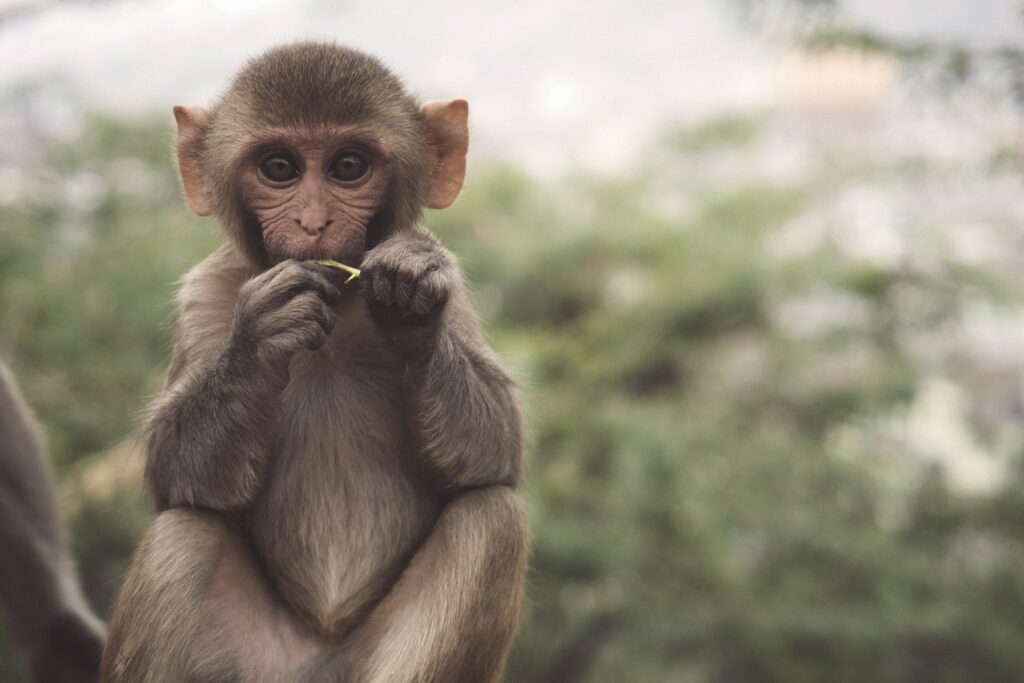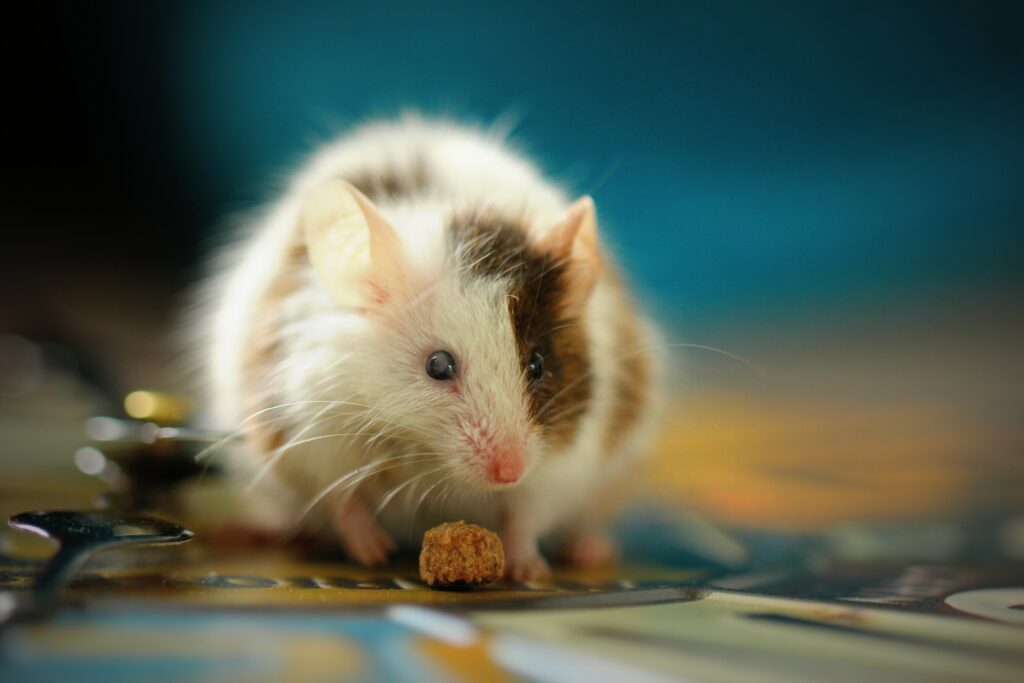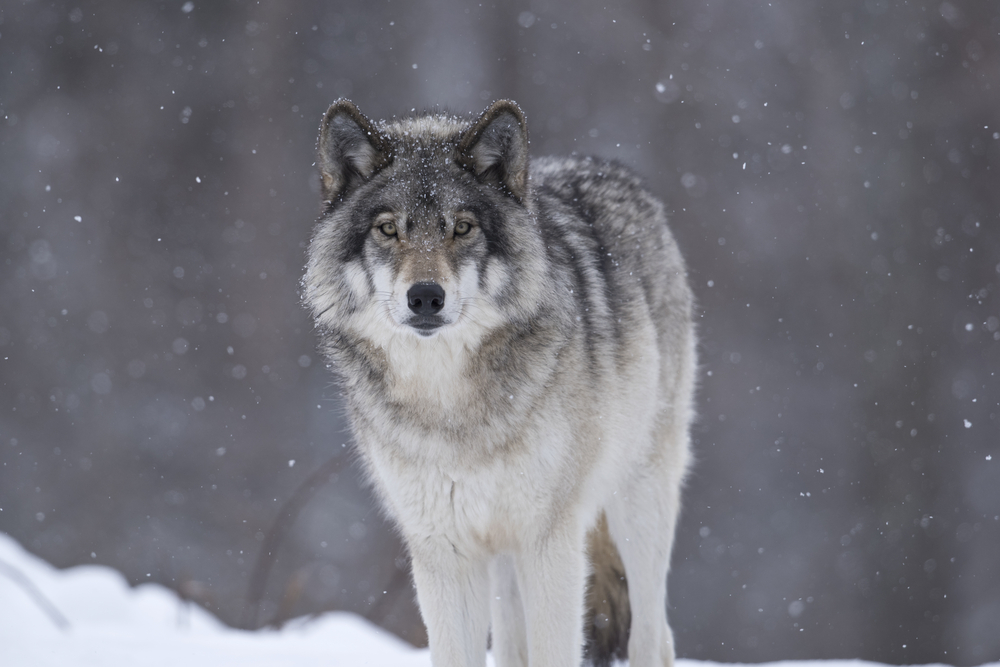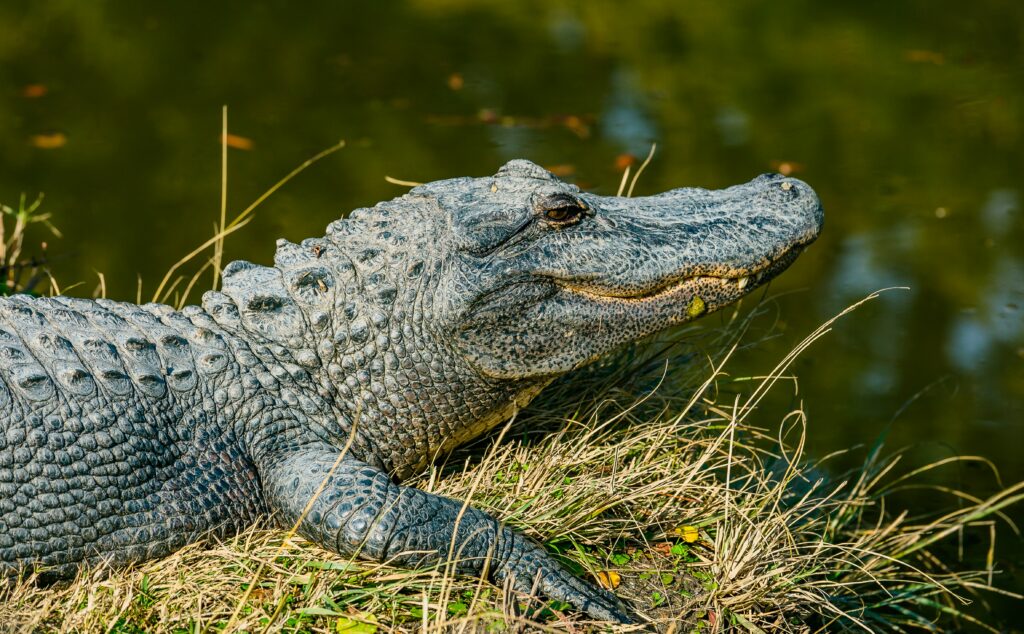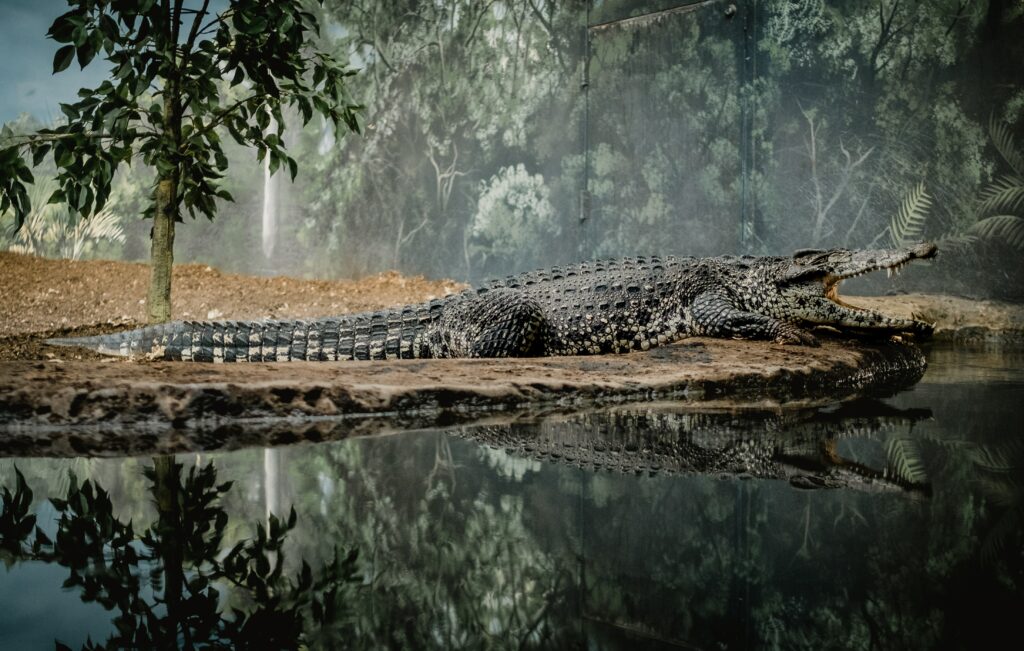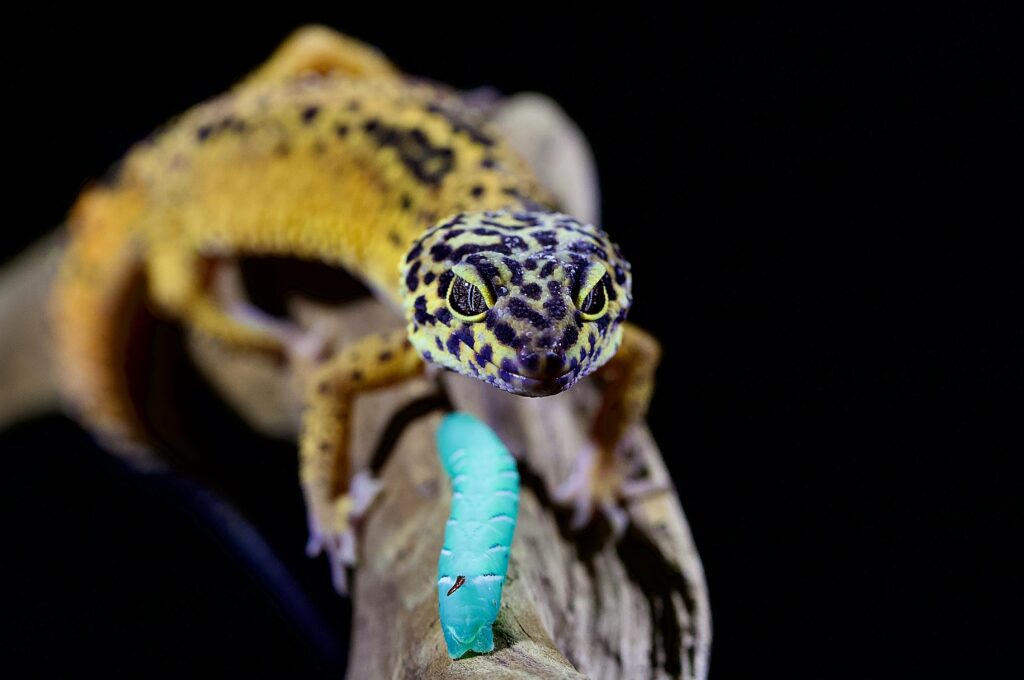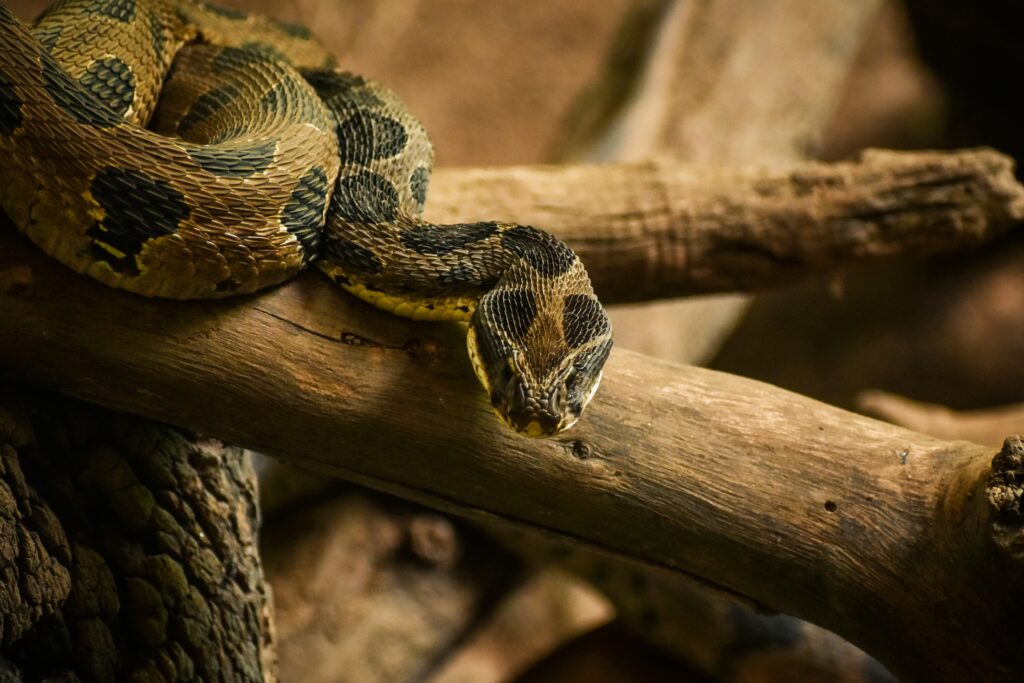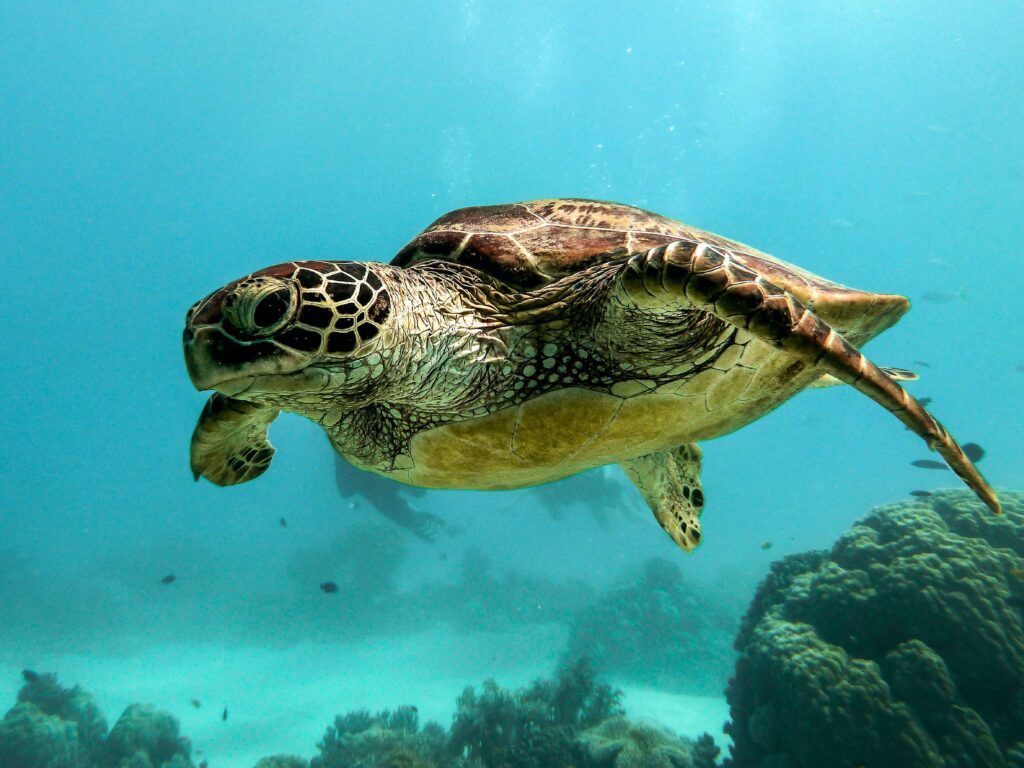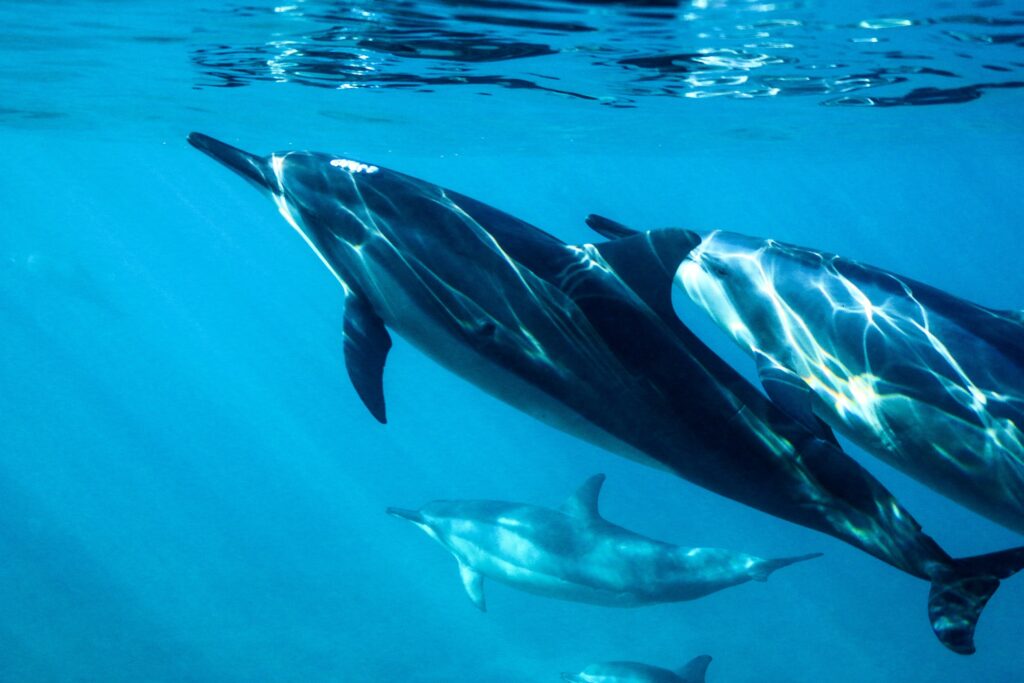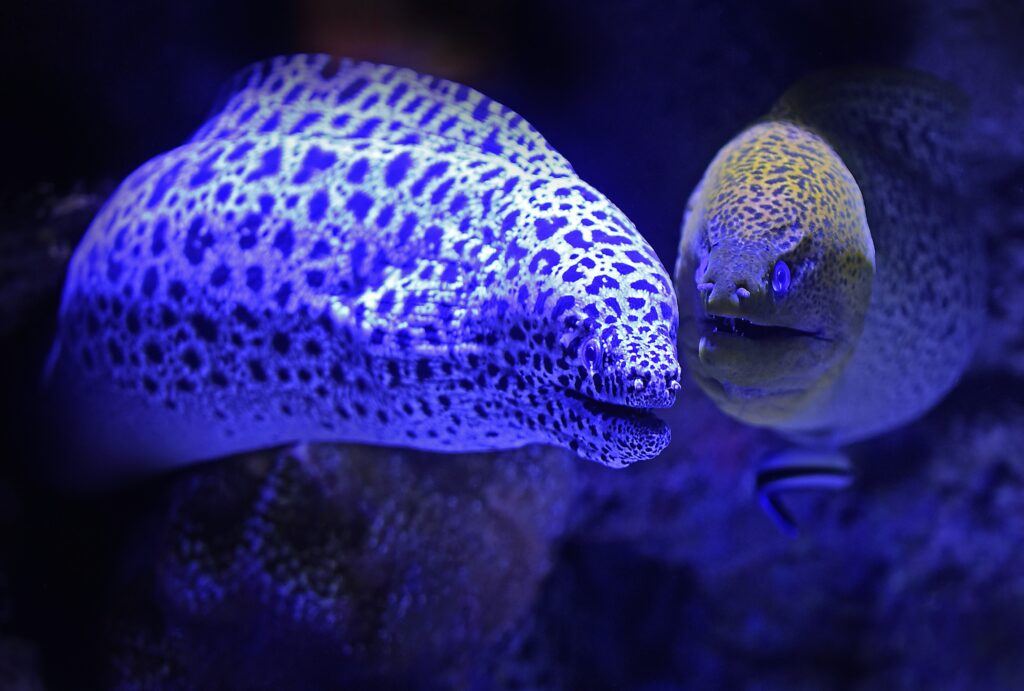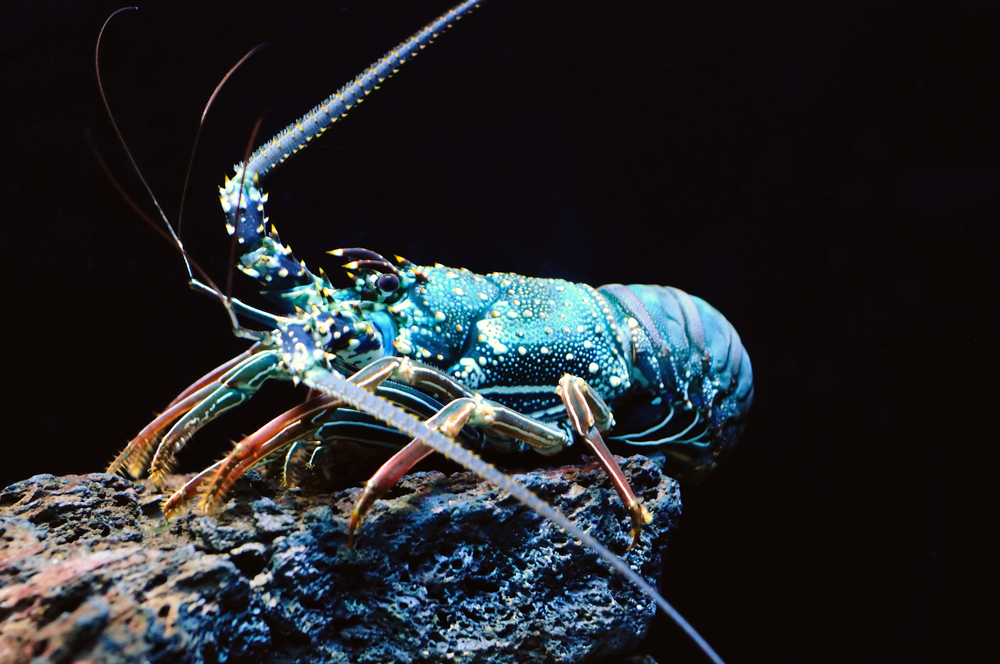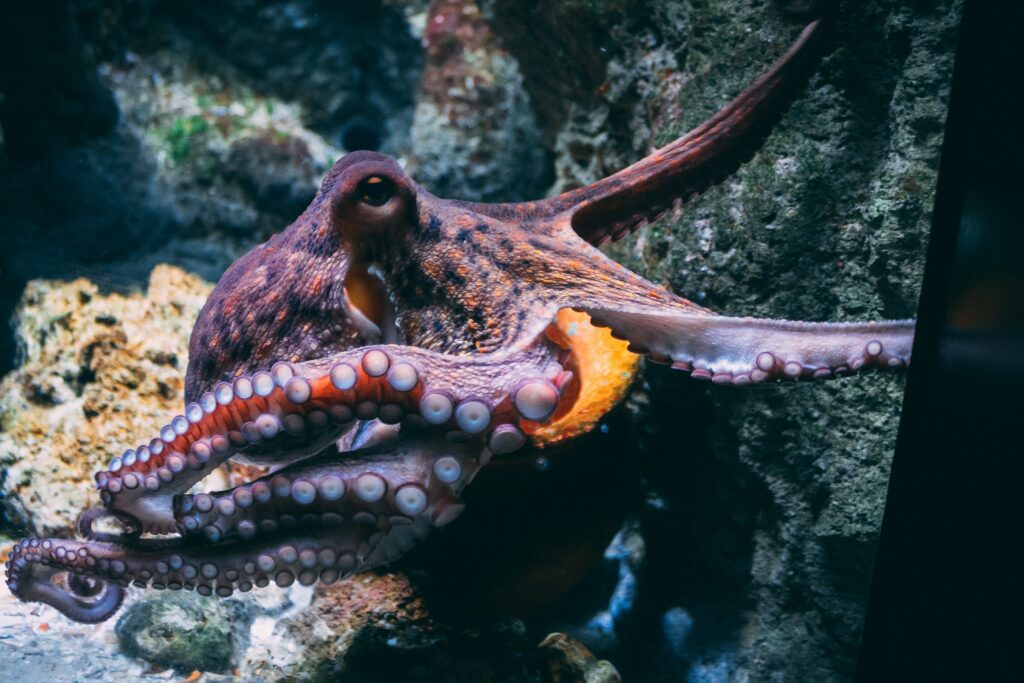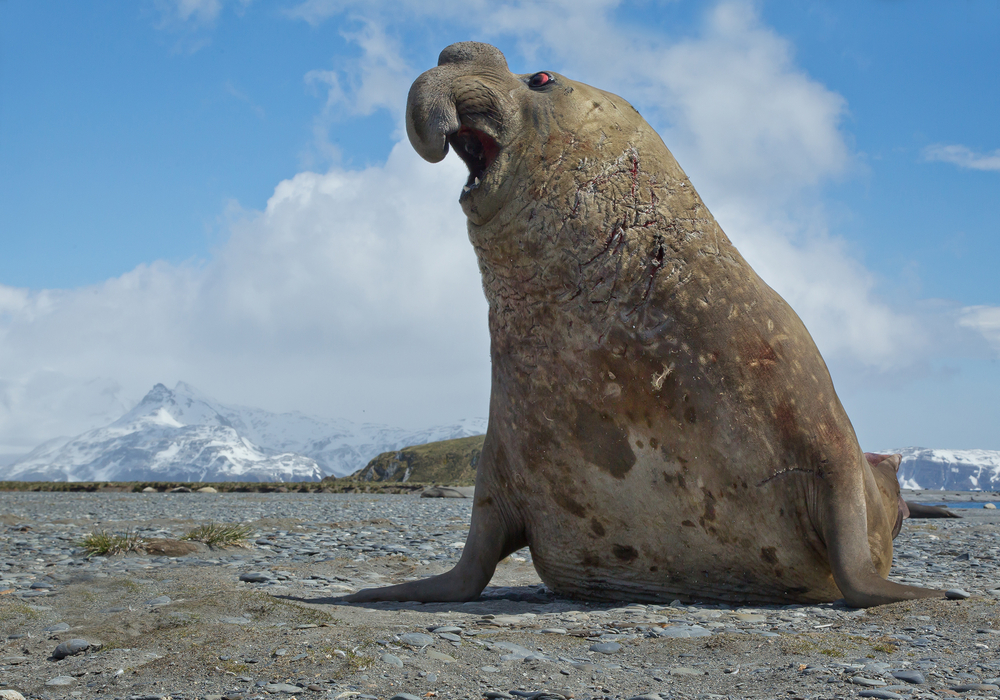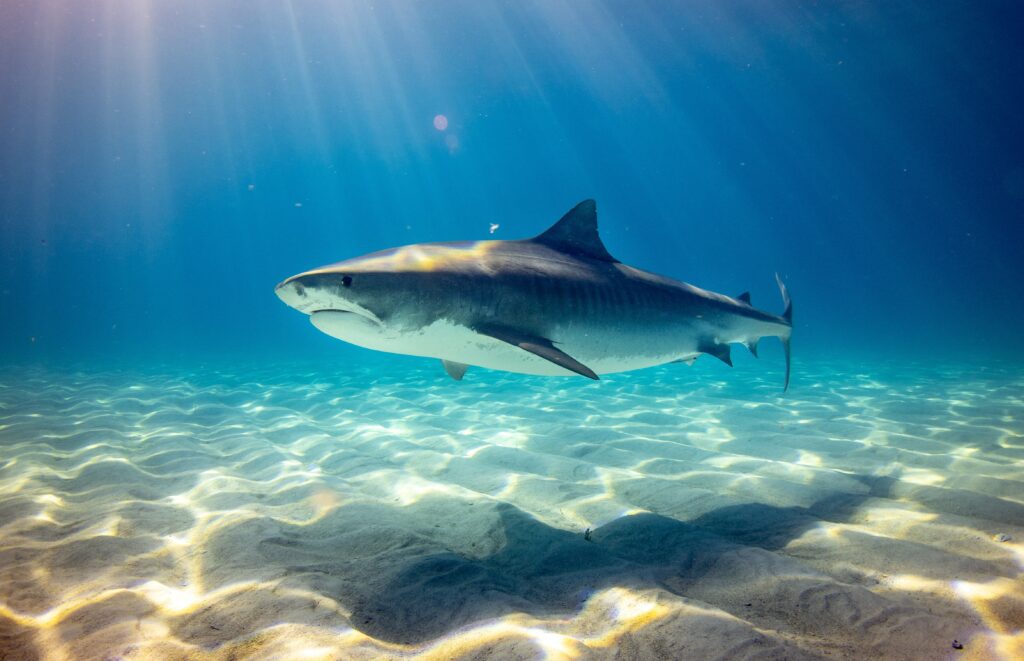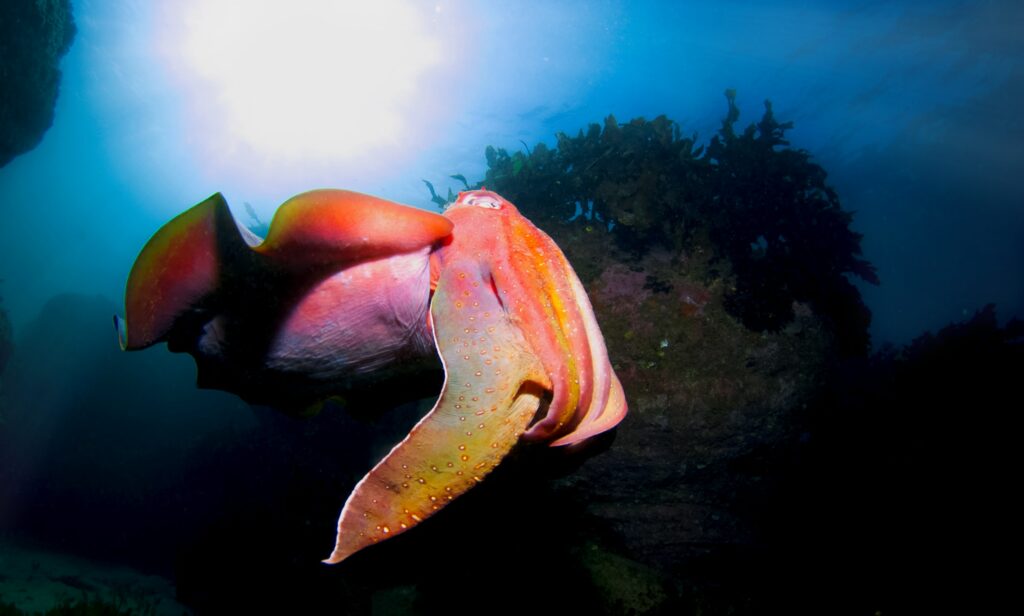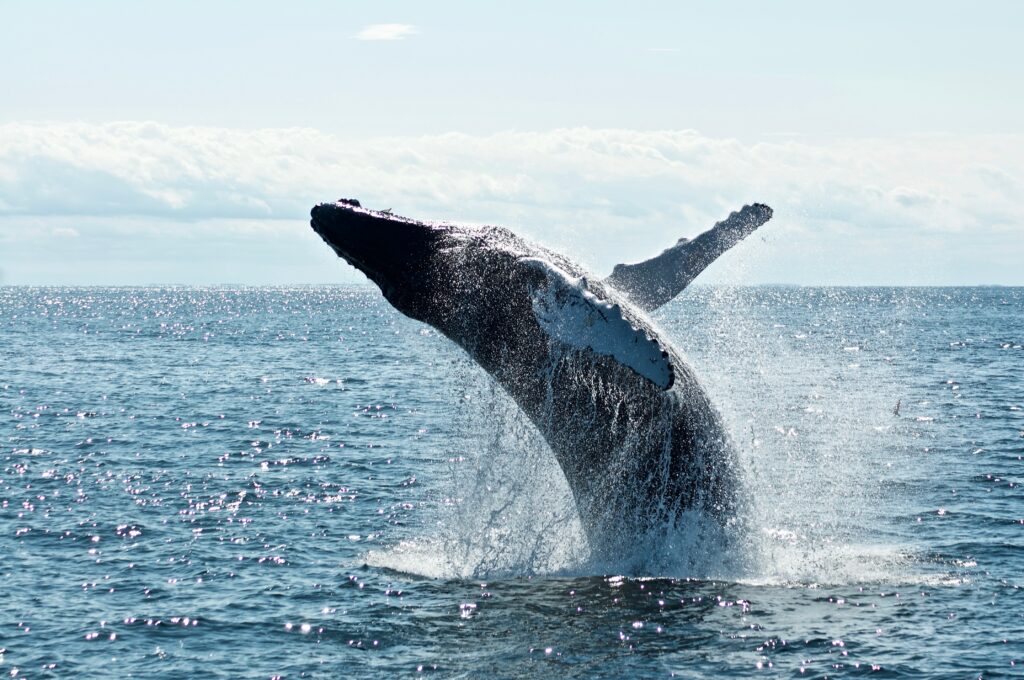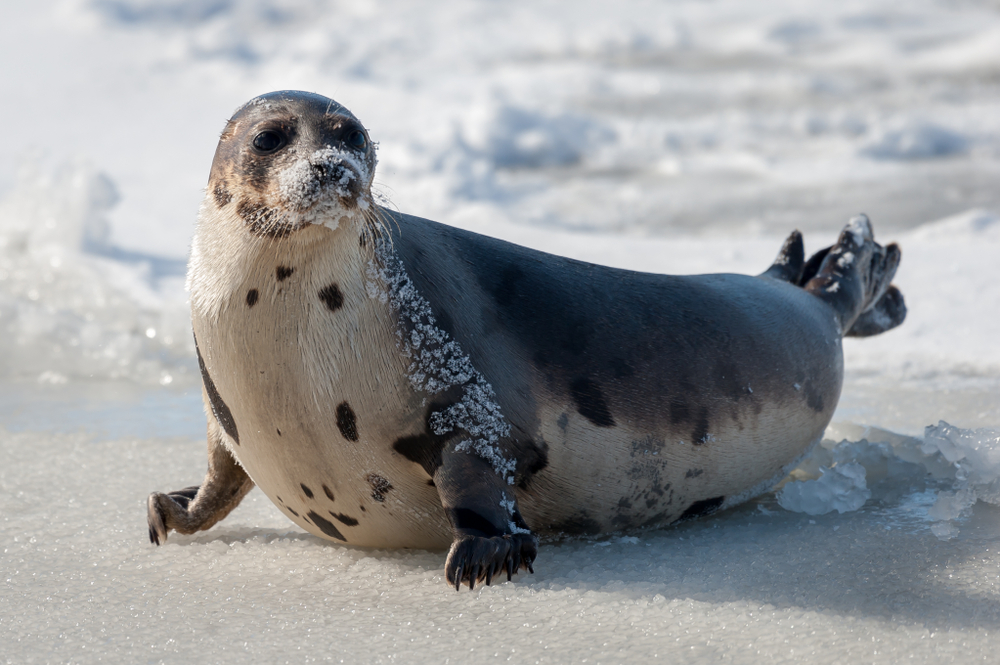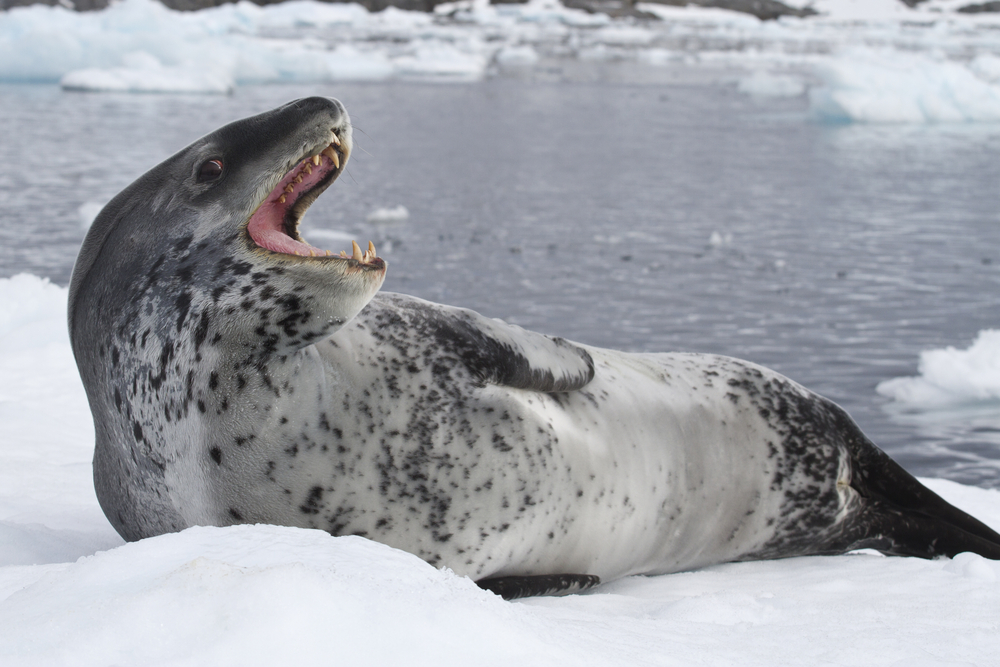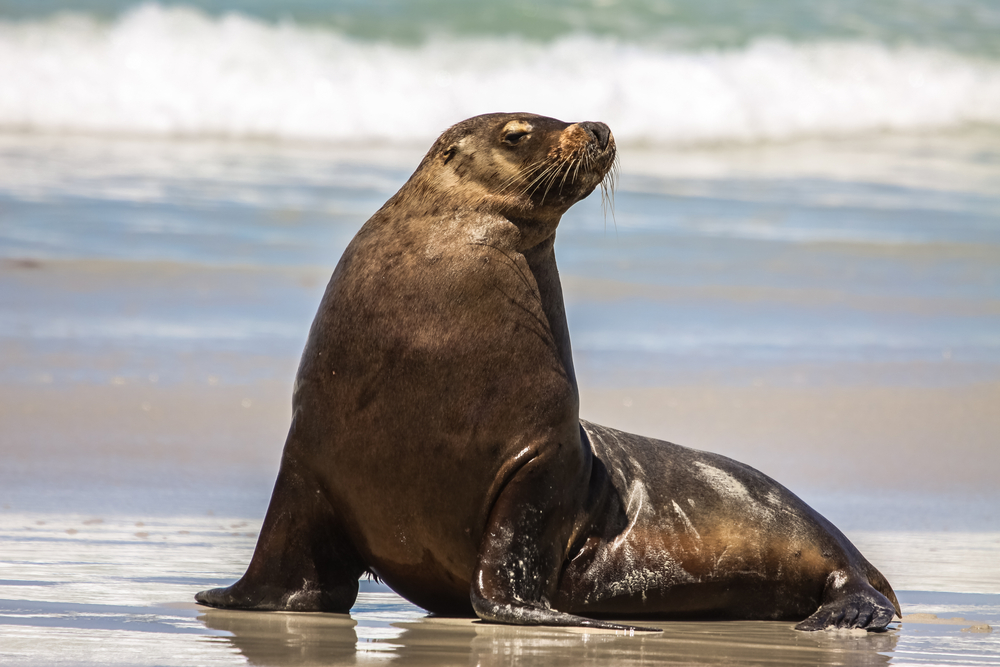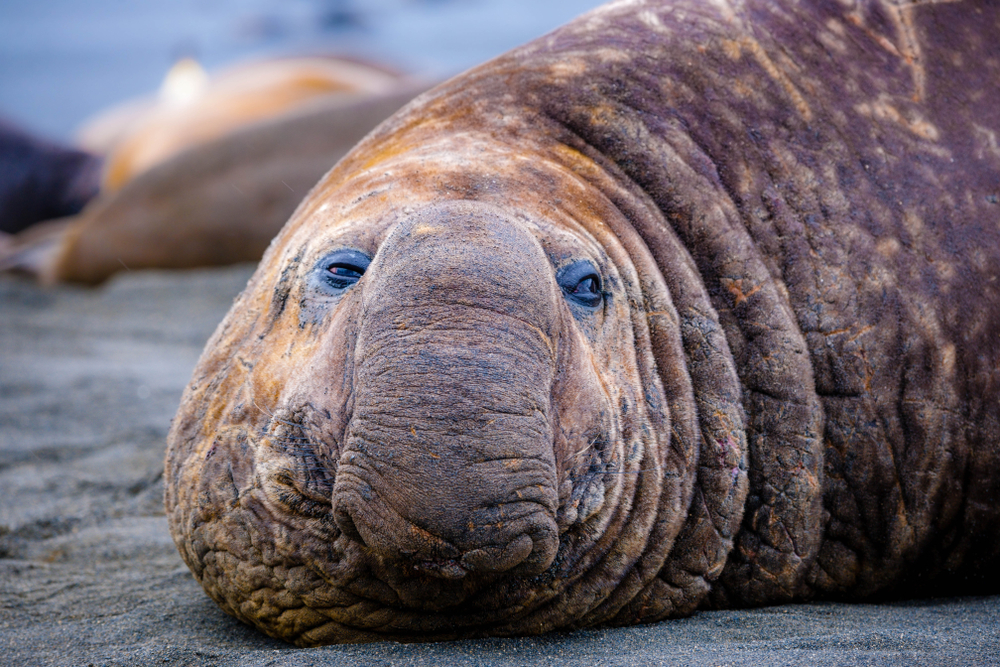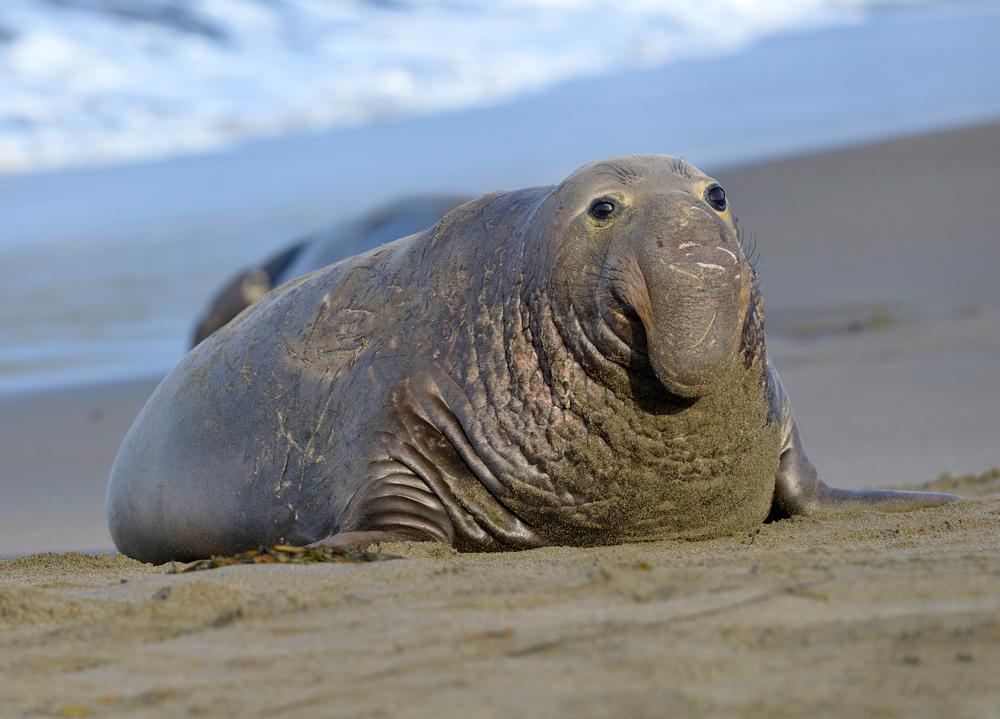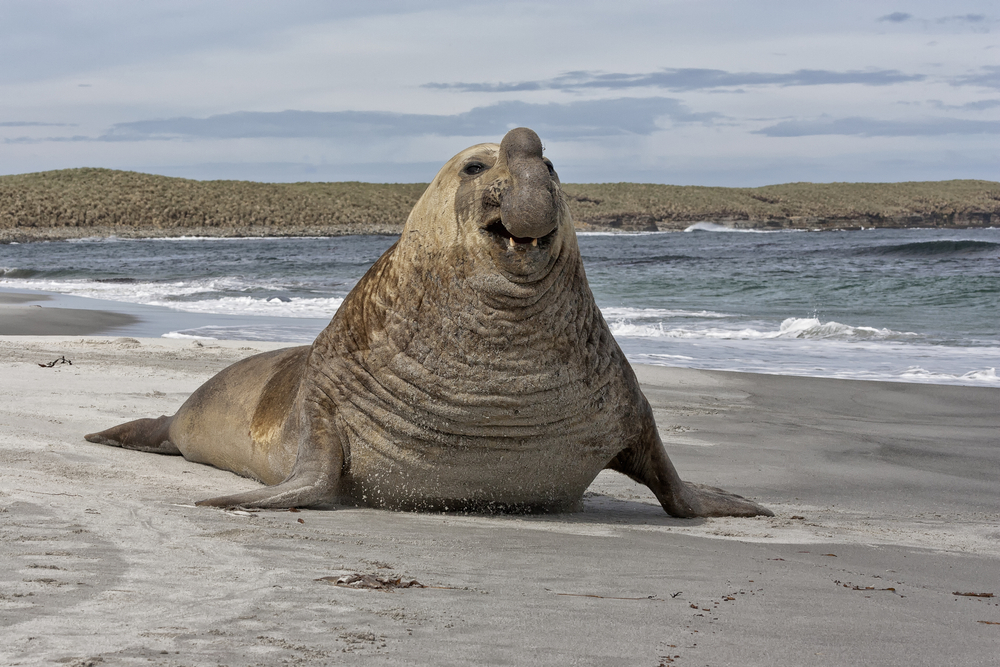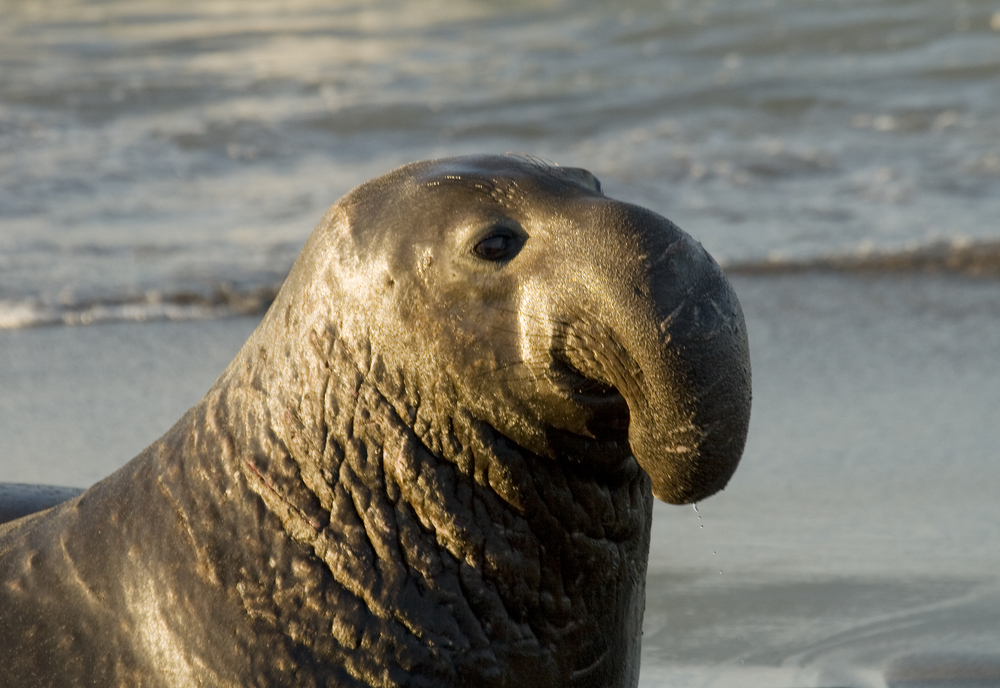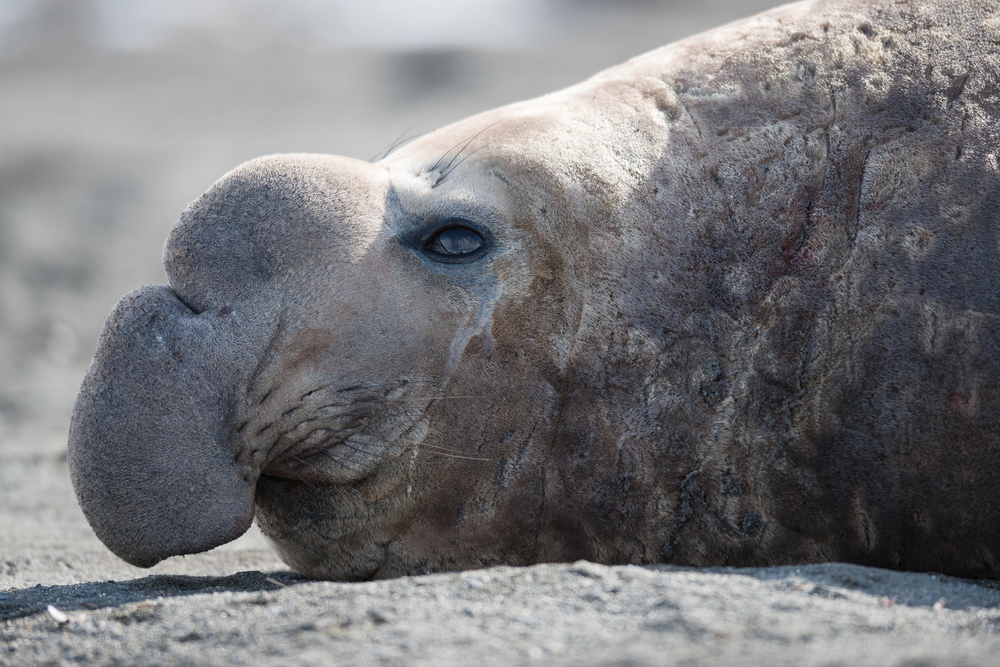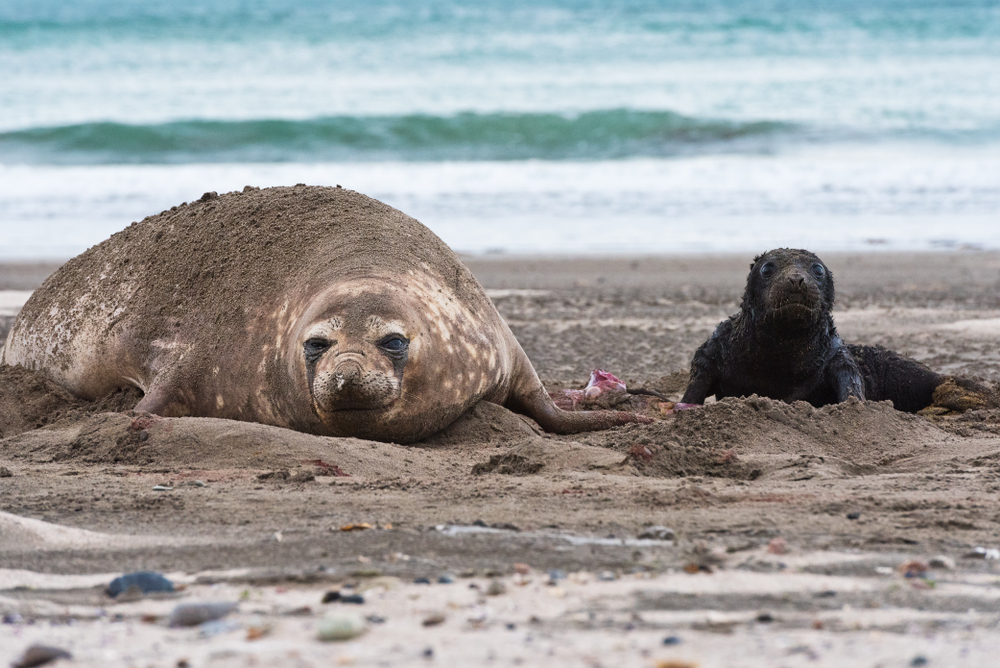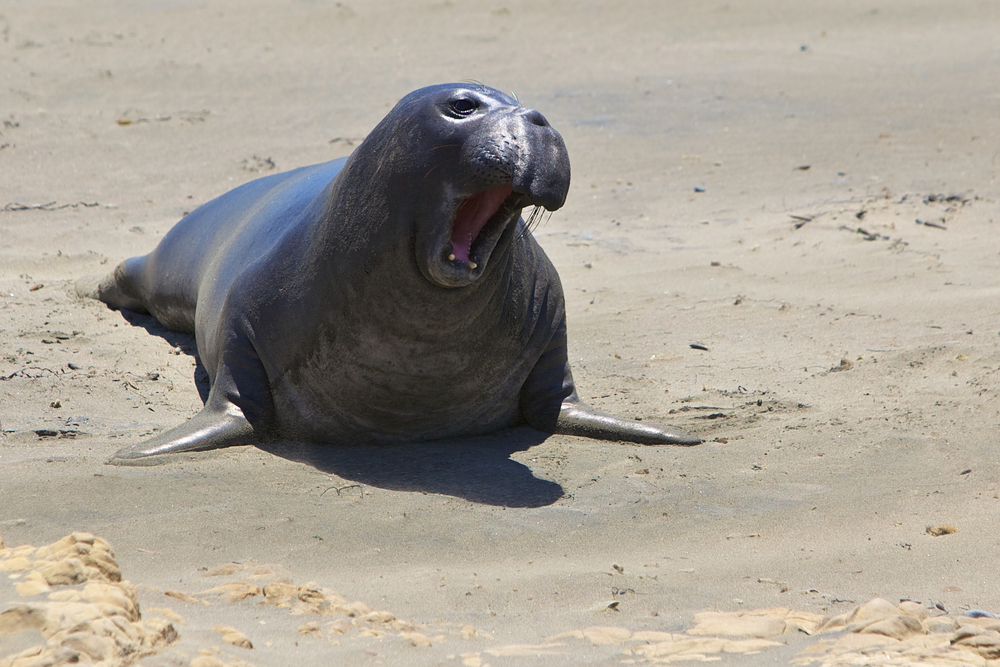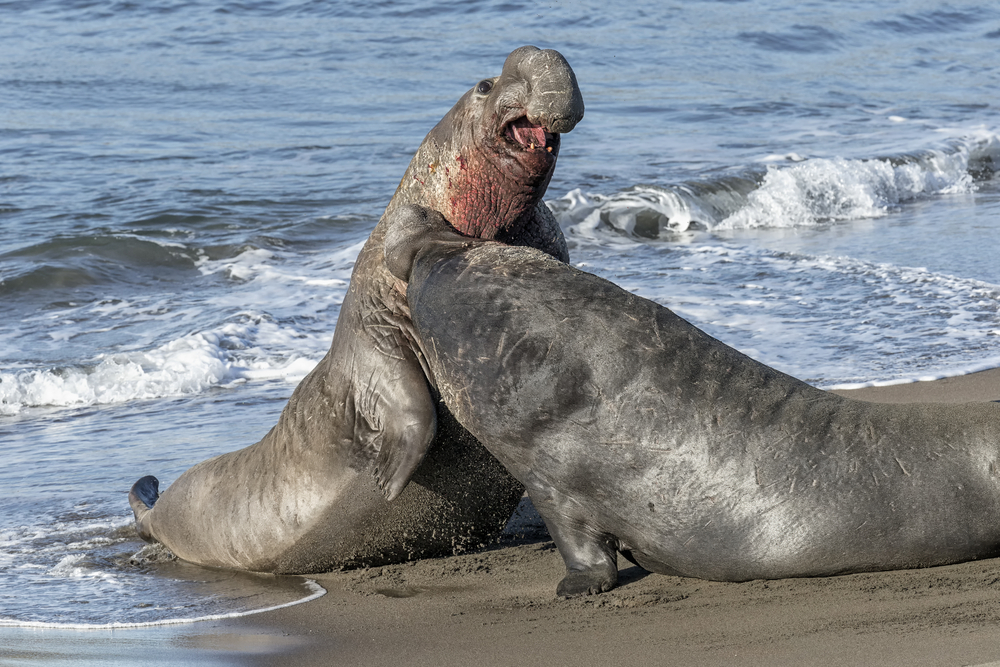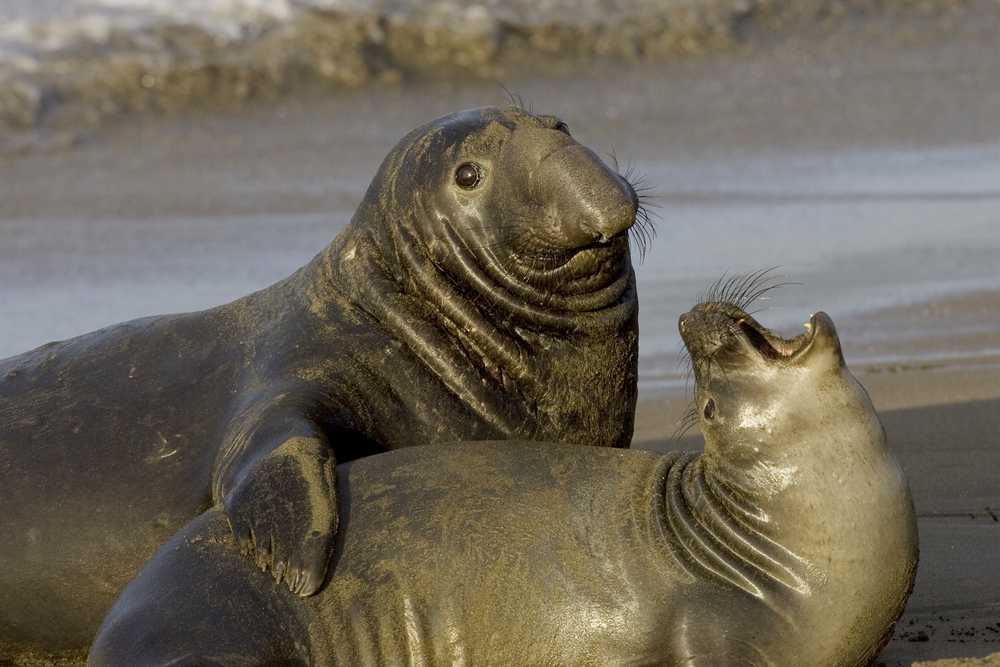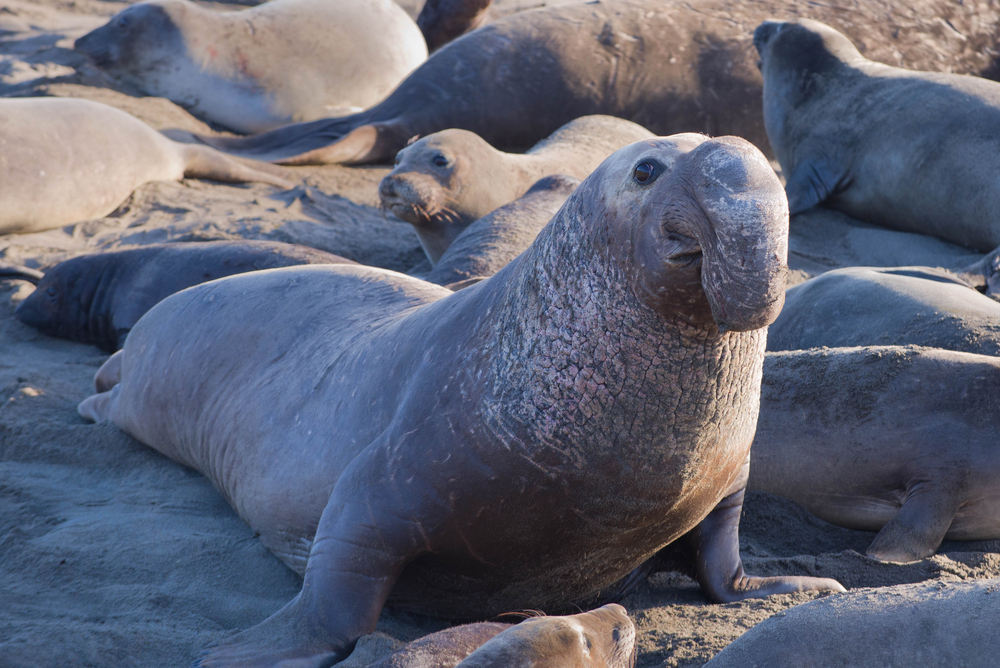About
The Elephant Seal, scientifically known as Mirounga, is a species of marine mammal within the Animal Kingdom’s class Mammalia and order Carnivora. It belongs to the Phocidae family, which also includes other seals like harbor seals and Weddell seals. Elephant Seals are distinguished by their massive size and trunk-like proboscis, giving them their name.
These seals are among the largest marine mammals, with males reaching lengths of up to 6 meters and weights exceeding 3,000 kilograms, while females are notably smaller. They inhabit the cold waters of the eastern and western North Pacific Ocean, as well as the Southern Ocean surrounding Antarctica.
Elephant Seals have a streamlined body adapted for life in the ocean, with powerful flippers for propulsion and maneuverability. They are proficient divers, capable of reaching depths of over 1,500 meters and remaining submerged for up to two hours at a time. Their diet consists mainly of fish, squid, and crustaceans, which they hunt using their keen senses and agile swimming abilities.
During the breeding season, Elephant Seals gather on beaches to give birth and mate. Males engage in fierce battles for dominance and territory, using their size and strength to establish harems of females. After mating, females nurse their pups for about a month before returning to the ocean to forage.
Conservation Needs and Status
While Elephant Seals were once hunted for their blubber and other resources, they have rebounded since the cessation of commercial sealing. Currently, most populations of Elephant Seals are not considered threatened, and they are not individually assessed on the International Union for Conservation of Nature (IUCN) Red List.
However, ongoing threats such as entanglement in marine debris, pollution, and climate change-induced habitat loss may impact Elephant Seal populations in the future. Conservation efforts aimed at protecting marine habitats, reducing marine debris, and mitigating climate change impacts are crucial for ensuring the long-term survival of Elephant Seals and other marine species. Continued research and monitoring are also essential for understanding population trends and implementing effective conservation measures.
Physical Characteristics
The Elephant Seal, with its two distinct species, the Northern Elephant Seal (Mirounga angustirostris) and the Southern Elephant Seal (Mirounga leonina), stands out as one of the most massive pinnipeds in the marine world. These seals are named for the large, inflatable proboscis of the adult males, which resembles an elephant’s trunk and is used to produce loud roaring sounds during mating competitions.
Size and Weight:
- Length: Southern Elephant Seals are the larger of the two species. Males can reach lengths of up to 16 to 20 feet (4.9 to 6.1 meters), while females are significantly smaller, measuring about 10 to 12 feet (3 to 3.6 meters). Northern Elephant Seals are slightly smaller, with males reaching up to 14 to 16 feet (4.3 to 4.9 meters) and females about 9 to 12 feet (2.7 to 3.6 meters).
- Weight: The weight of these mammals is equally impressive. Male Southern Elephant Seals can weigh between 4,400 to 8,800 pounds (2,000 to 4,000 kilograms), with the Northern counterparts weighing slightly less, around 3,300 to 5,500 pounds (1,500 to 2,500 kilograms). Females of both species are lighter, typically weighing around 1,300 to 2,000 pounds (600 to 900 kilograms).
Physical Characteristics:
- Proboscis: The most distinctive feature of male elephant seals is their large, inflatable nose or proboscis, which serves both as an amplification device for their vocalizations during mating rituals and as a symbol of dominance and sexual maturity.
- Skin and Fur: Elephant seals have a thick layer of blubber under their skin, which provides insulation in cold waters. Their fur is relatively short and can vary in color from dark gray in males to a lighter brownish-gray in females. The skin of older males may appear scarred and battle-worn from mating competitions.
- Flippers: Both the front and hind flippers are relatively small compared to their massive bodies, but they are highly efficient in water, enabling swift and agile swimming. On land, they move in a caterpillar-like motion, using their flippers to pull their enormous bodies forward.
- Eyes and Whiskers: They have large, dark eyes adapted for seeing in the dim light of underwater environments. Their whiskers (vibrissae) are highly sensitive and help in navigating and searching for food in the deep sea.
- Vocalizations: Beyond their physical traits, elephant seals are known for their loud and distinctive vocalizations. Males emit deep, echoing calls that serve as a challenge to rivals and an attraction to females during the breeding season.
The Elephant Seal’s remarkable adaptations, from their deep-diving abilities to their extreme size differences between genders, reflect the evolutionary paths taken to survive and thrive in the ocean’s challenging environments. Their life cycles, marked by long migrations and dramatic breeding battles, underscore the harsh realities of survival in the marine realm.
Reproduction
Elephant seals have a fascinating reproductive cycle intricately linked to their annual migration patterns and social behavior. Here’s an overview:
Breeding Season: Breeding for elephant seals typically occurs during the winter months, varying slightly depending on the species and location. Northern elephant seals breed from December to March, while southern elephant seals breed from August to November.
Arrival and Territory Establishment: Male elephant seals arrive at breeding colonies before females to establish dominance hierarchies and territories. Dominant males, known as beachmasters, control access to harems of females.
Courtship and Mating: During the breeding season, males vocalize and display dominance behaviors to attract females. Courtship involves vocalizations, posturing, and physical interactions. Mating occurs both on land and in the water.
Gestation: After mating, female elephant seals experience a gestation period of about 11 months. They typically give birth to a single pup, although twins can occur rarely.
Pupping and Nursing: Females return to the same breeding beaches to give birth to their pups, usually within a few days of arriving ashore. Pups are born with a thick layer of blubber and nurse for about 3 to 4 weeks, during which time they gain weight rapidly.
Weaning and Departure: After the nursing period, the pups are weaned and abandoned by their mothers, who return to the sea to forage. The pups remain on the beach, fasting and learning essential survival skills until they are ready to enter the ocean.
Male Competition and Departure: Once mating and pupping are complete, males begin to depart from the breeding colonies. Subordinate males may challenge beachmasters for access to females, leading to aggressive interactions.
Migration and Feeding: After breeding, both males and females undertake extensive migrations to foraging grounds, where they spend the majority of the year feeding and replenishing their energy reserves.
Population Dynamics: The reproductive success of elephant seals is crucial for maintaining viable populations. Factors such as habitat degradation, climate change, and human disturbances can impact breeding success and overall population health.
Conservation Implications: Understanding the reproductive cycle of elephant seals is essential for their conservation and management. Conservation efforts focus on protecting critical breeding and foraging habitats, minimizing human disturbances, and addressing threats such as entanglement in fishing gear and pollution to ensure the long-term survival of these magnificent marine mammals.
Lifespan
Elephant seals are large marine mammals belonging to the phocid family, found primarily in the Southern Hemisphere. They are known for their massive size, distinctive proboscis-like nose, and impressive diving abilities. Here’s an overview of their lifespan and threats to their life:
Wild Lifespan: In the wild, elephant seals have a lifespan that typically ranges from 14 to 16 years for males and 20 to 22 years for females. However, some individuals may live longer, with the oldest recorded elephant seal reaching over 20 years of age. Their lifespan in the wild is influenced by various factors, including predation, competition for resources, disease, and environmental conditions.
Lifespan in Captivity: Elephant seals are not commonly kept in captivity due to their large size, specialized dietary needs, and complex social behaviors. However, a few research institutions and aquariums may house elephant seals for scientific research or public display. Their lifespan in captivity can vary depending on the quality of care provided, but it is generally shorter than in the wild due to challenges associated with replicating their natural habitat and social dynamics.
Threats to Elephant Seals:
- Predation: While adult elephant seals have few natural predators, they are vulnerable to predation by large sharks, such as great white sharks, particularly when they are young or injured.
- Human Disturbance: Human activities, such as coastal development, recreational boating, and tourism, can disturb elephant seals during key life events such as breeding, molting, and resting on beaches. Disturbances can cause stress, disrupt normal behaviors, and lead to the abandonment of pups or displacement from traditional haul-out sites.
- Entanglement: Elephant seals, like other marine mammals, can become entangled in marine debris, such as fishing gear, plastic ropes, and nets. Entanglement can cause injury, restrict movement, and interfere with feeding and reproduction.
- Pollution: Pollution from oil spills, chemical contaminants, and plastic debris can negatively impact elephant seals and their habitats. Contaminants can accumulate in their tissues, affect their immune system, and impair reproductive success.
- Climate Change: Climate change-related impacts, such as rising sea levels, ocean warming, and changes in prey availability, can affect the distribution, abundance, and behavior of elephant seals. Shifts in oceanographic conditions may alter foraging habitats and breeding sites, leading to changes in population dynamics and survival rates.
- Overfishing: Overfishing of prey species, such as fish and squid, can reduce food availability for elephant seals and other marine predators. Competition for limited resources may force elephant seals to travel farther or dive deeper in search of food, increasing energy expenditure and reducing reproductive success.
Conservation efforts for elephant seals include habitat protection, marine debris cleanup, coastal zone management, fisheries management, public education, and research on their ecology and behavior. Protecting marine ecosystems and reducing human impacts are essential for ensuring the long-term survival of elephant seals and maintaining healthy ocean environments.
Eating Habits
The elephant seal, known for its immense size and distinctive trunk-like nose, is a marine mammal found primarily in the cold waters of the Southern Hemisphere. Understanding its eating habits sheds light on its role in marine ecosystems and its survival strategies in the ocean environment.
Diet: Elephant seals are carnivorous predators with a diet primarily composed of:
- Fish: Fish make up the bulk of the elephant seal’s diet. They prey on a variety of fish species, including squid, herring, cod, and salmon. These fish species are abundant in the ocean waters where elephant seals forage, providing them with a readily available food source.
- Squid: In addition to fish, elephant seals also consume squid, which they capture using their powerful jaws and teeth. Squid are a common prey item for elephant seals and contribute to their overall dietary diversity.
Foraging Behavior: Elephant seals employ specialized foraging techniques to capture their prey:
- Deep Diving: Elephant seals are well-adapted for deep diving and can descend to considerable depths in search of food. They are capable of diving to depths of up to 1,500 meters (4,900 feet) and can remain submerged for extended periods, typically between 20 minutes to over an hour, depending on individual fitness and environmental conditions.
- Patience and Persistence: When hunting for prey, elephant seals rely on patience and persistence to locate and capture their targets. They may spend hours at sea, scanning the water column for signs of prey activity, before making a strategic dive to pursue their quarry.
Prey Preferences: While elephant seals exhibit a generalist feeding behavior, their prey preferences may vary depending on factors such as prey availability, seasonal fluctuations, and individual foraging success. They may target specific fish and squid species based on factors such as size, abundance, and nutritional value.
Other Considerations:
- Elephant seals are apex predators in their marine ecosystems and play a crucial role in regulating prey populations and maintaining ecosystem balance.
- Their large size and energy requirements necessitate a substantial intake of food to sustain their metabolic needs, particularly during periods of intense activity such as breeding and molting.
- Climate change and overfishing pose significant threats to the availability of prey resources for elephant seals, highlighting the importance of conservation efforts to protect marine habitats and preserve the biodiversity of the ocean ecosystems they inhabit.
Uniqueness
The Elephant Seal, comprising two species — the Northern Elephant Seal (Mirounga angustirostris) and the Southern Elephant Seal (Mirounga leonina) — is one of the most extraordinary marine mammals, noted for several unique characteristics. Here are some key aspects that make the Elephant Seal unique:
Extreme Size: Elephant Seals are among the largest of all pinnipeds. Males are significantly larger than females, with Southern Elephant Seal males reaching up to 6,000 kilograms (13,000 lbs) and 6 meters (20 feet) in length, making them the largest of the seal family.
Pronounced Sexual Dimorphism: There is a stark size difference between male and female Elephant Seals, a trait known as sexual dimorphism. Males are typically three to four times larger than females and possess a large proboscis (nose) that resembles an elephant’s trunk, which they use to produce loud roars during the mating season.
Deep and Long Dives: Elephant Seals are exceptional divers. They can dive deeper than 1,500 meters (4,921 feet) and remain submerged for up to two hours without surfacing for air. These capabilities allow them to reach depths where they can find squid and deep-sea fish, far beyond the reach of most other marine mammals.
Extensive Fasting Period: During the breeding season, male Elephant Seals engage in intense battles for territory and mates, during which they fast for several weeks, relying on their extensive blubber reserves for energy. Females also fast while nursing their pups, investing heavily in their offspring.
Migration: Elephant Seals undertake some of the longest migrations of any mammal. They travel extensively between their breeding sites on beaches and their feeding grounds in the open ocean, which can be thousands of miles apart, demonstrating remarkable navigational skills.
Vocal Communication: Particularly during the breeding season, male Elephant Seals are very vocal. They use a series of guttural and drumming sounds to establish dominance and attract mates. This vocal behavior is crucial for their social hierarchy and reproductive success.
Conservation Status: Northern Elephant Seals were once hunted to the brink of extinction for their oil-rich blubber, with the population reduced to a few dozen individuals by the end of the 19th century. Remarkably, conservation efforts have led to a significant recovery, and they are now considered one of the great conservation success stories.
Role in the Ecosystem: As apex predators, Elephant Seals play a crucial role in the marine ecosystem. They affect the population dynamics of their prey and serve as a food source for apex predators like great white sharks and orcas.
The Elephant Seal’s impressive adaptations for deep-sea diving, its dramatic sexual dimorphism, and its ability to undergo long fasts make it a unique and fascinating species in the marine world. Their survival from near extinction showcases the impact of dedicated conservation efforts, and their life cycle continues to be a subject of intense study and admiration.
Related Family Species
Sources
- Burnie, David & Wilson, Don, Animal, Smithsonian Institute, Washington DC.
- Clutton-Brock, Juliet and Wilson, Don, Mammals, Smithsonian Handbooks, New York, NY.
- Hickman et al, Integrated Principle of Zoology, McGraw Hill, Boston.







